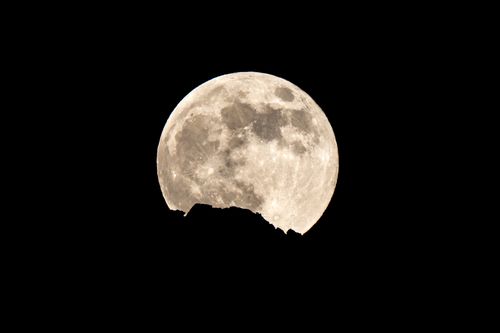Share this @internewscast.com
This evening, the Australian sky will be graced by the “beaver” supermoon, the closest supermoon of the year. As it rises around sunset, this celestial event promises a stunning display.
A supermoon occurs when the full moon reaches its nearest point to Earth in its elliptical orbit, making it appear unusually large and bright. This natural spectacle captivates viewers worldwide, drawing them to gaze skyward in awe.
For the most breathtaking view of this supermoon, it is advisable to watch it as it begins to rise above the horizon. To capture this magical moment, enthusiasts should find an optimal viewing location before dusk.

Position yourself with your back to the sunset, as the moon will ascend from the eastern sky. Selecting a spot with a clear, unobstructed view of the horizon and minimal cloud interference will enhance the experience.
While the definition of a supermoon may vary slightly, it generally refers to a full moon that is closer to Earth than usual, resulting in a noticeably larger and brighter appearance.
What actually is a supermoon?
Definitions of a supermoon can vary, but the term generally applies to a full moon that is closer to Earth than normal and thus appears larger and brighter in the night sky.
Some astronomers say the phenomenon occurs when the moon is within 90 per cent of perigee â its closest approach to Earth in orbit.













